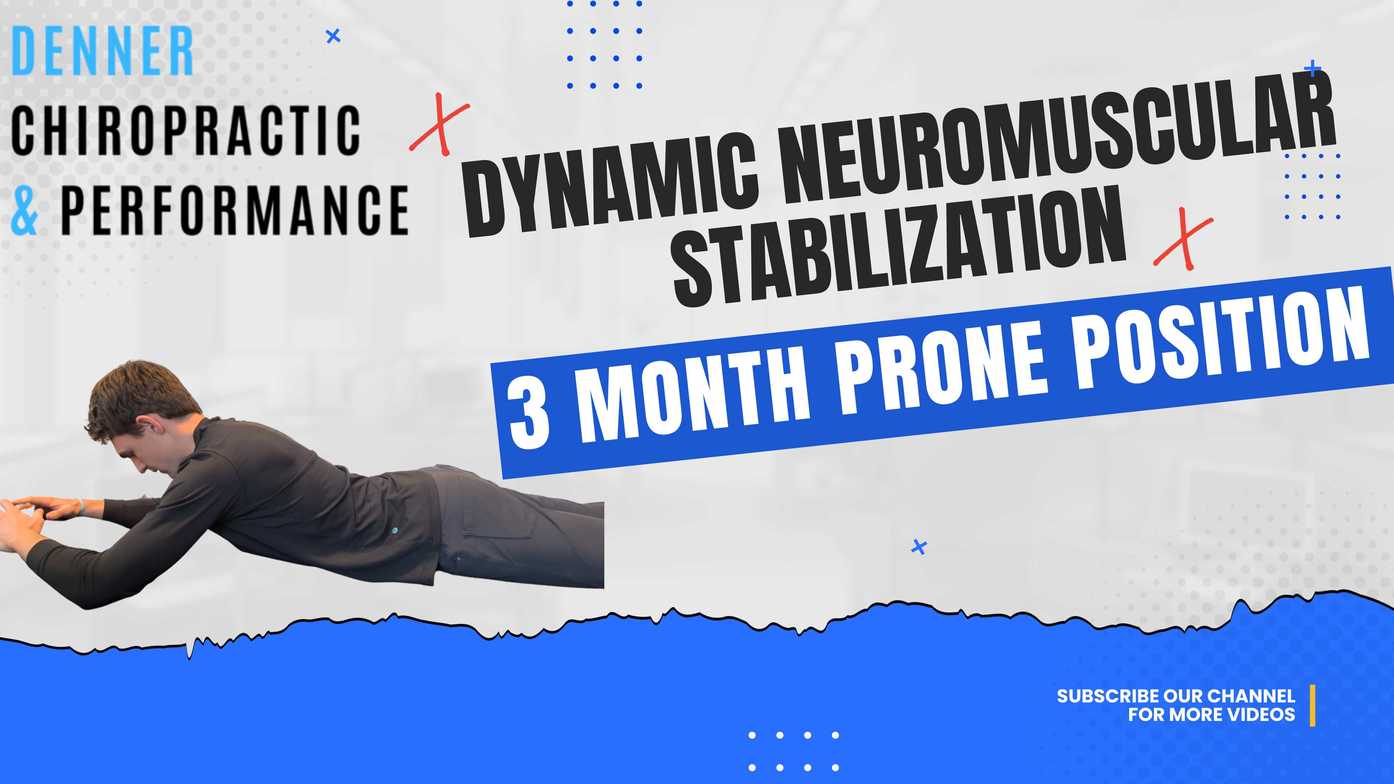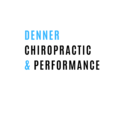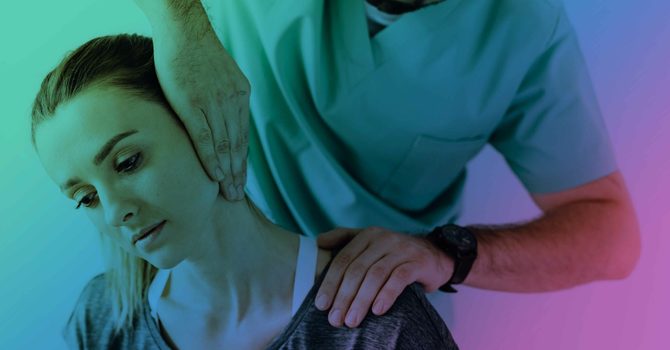
Shoulder Pain Solutions: Discover the Power of the 3-Month Prone Position for Enhancing Stability
Shoulder pain and tightness can have many different causes. Traumatic injuries such as a direct blow or falling in an awkward position can cause structural damage that can easily be diagnosed with imaging tools such as X-rays and MRIs.
“But what if there wasn’t a traumatic injury and zero signs of structural damage, why are you still experiencing pain?”
As we will discuss in this post, stability plays a vital role in the shoulder girdle and how we move and stabilize our bodies affects several biomechanical changes. Let’s discuss scapular stability and how you can determine if your shoulder pain is from pain referral patterns from poor stability and motor control!
The shoulder girdle stands out as one of the body's most versatile joints, granting us unparalleled freedom of movement. This incredible range allows us to reach and grasp objects with ease. However, this freedom doesn't come without a price—a trade-off in the form of diminished stability. The shoulder's extensive mobility, while advantageous, makes it vulnerable to instability.
In contrast, let's consider another crucial joint: the hip or femoral acetabular joint. Nature has inherently made the hip joint one of the most stable joints in the body, thanks to the deep socket in which the femur securely fits. This stability, while essential “because of the joint's ability to bear weight”, limits the joint's range of motion. The shoulder, with its narrower glenoid cavity where the humerus rests, offers greater freedom of movement.
“But where does stability in the shoulder stem from?”
The answer lies in the coordinated activation of muscles surrounding the shoulder girdle. These muscles constantly communicate, ensuring the right balance of pull and activation.
Now, let's focus on the scapula and its stabilization. Often referred to as the 'wing bone' on our backs, the scapula plays a pivotal role in shoulder stability. It serves as the foundation for movement, providing a stable base upon which the shoulder can rely. The precise activation of muscles around the shoulder girdle forms the bedrock of this stability.
To illustrate this concept further, consider this analogy: When aiming for maximum stability to unleash power, would you choose to fire a cannonball from a rowboat or a battleship? The answer is obvious. The battleship's stability enables the cannon to harness its full power, while the rowboat's constant movement dissipates energy. Similarly, in the shoulder, optimal scapular stability and motor control empower us to unleash the full potential of our muscles and shoulders, like firing from a battleship, not a rowboat."
“How does this affect pain and injury?”
Our bodies love this added stability and when the conditions are less than ideal our bodies are very smart and will create this stability for us. Our brains “think they are doing the right job” and they will put tension and tone in the muscles that lack stability through trigger points. Trigger points are those annoying knots in your muscles. This leads to tightness, pain, and improper biomechanics that can lead to further injury pain and tightness. So by addressing the lack of motor stability around the shoulder, we are able to decrease pain, tension, and injury while improving our biomechanics.
“How can we create this stability around our shoulders?”
Introducing the 3-month prone position from Dynamic Neuromuscular Stabilization! This position comes from the Prague School of Rehabilitation and is a powerful way to train scapular stabilization patterns.
In the natural course of childhood development, we all pass through this fundamental posture. It's in this position that we first learn to stabilize the intricate muscles around our shoulder girdle and activate the deep neck flexor muscles.
“What makes developmental kinesiology truly remarkable?”
Is that a baby progressing through these natural movements doesn't experience trigger points, restricted range of motion, muscle tension, or pain. This key concept points towards the 3-month position being the blueprint to correct movement patterns of the shoulder. If you wanted to do one exercise/ movement to train the overall function of the shoulder it would be this position because it’s not about the strength or duration of the movement it’s about the quality of the movement!
Common Questions and Answers
Q1: What causes shoulder pain, and can the 3-month prone position help alleviate it?
A1: Shoulder pain can stem from various factors, including muscle imbalances, overuse, or injury. The 3-month prone position, a technique from Dynamic Neuromuscular Stabilization, can be beneficial. By promoting scapular stabilization patterns and enhancing overall shoulder function, it aids in addressing the root causes of pain.
Q2: Is the 3-month prone position suitable for everyone, regardless of their fitness level or age?
A2: Yes, the 3-month prone position is designed to be adaptable. Regardless of your fitness level or age, this technique can be tailored to your abilities. It focuses on correcting movement patterns, making it valuable for individuals of all backgrounds.
Q3: How long does it take to see improvements in shoulder pain using the 3-month prone position?
A3: The timeframe for improvement varies from person to person. Consistency is key. With regular practice and proper technique, many individuals experience relief and improved shoulder function within a few.
Q4: Can the 3-month prone position prevent future shoulder pain or injuries?
A4: Absolutely. By enhancing scapular stabilization and promoting correct movement patterns, the 3-month prone position acts as a preventive measure. It strengthens the muscles around the shoulder girdle, reducing the risk of future injuries and pain.
Q5: Are there any specific tips for maximizing the effectiveness of the 3-month prone position in managing shoulder pain?
A5: Focus on proper form and technique. Start with gentle movements and gradually increase intensity. It's also advisable to consult a healthcare professional or a certified trainer for personalized guidance, ensuring you perform the exercises correctly and safely for optimal results.
Denner Chiropractic & Performance | Charlotte, North Carolina
At Denner Chiropractic & Performance located in Charlotte, North Carolina our rehab chiropractic care incorporates rehabilitation, joint manipulation, soft tissue, and dry needling to help you achieve pain-free movement in life and sport. We are more than happy to discuss any concerns or questions you have about your condition or how we can help. Located on our main page or in our resource library tab is a sign-up for a free Discovery Call. During this time we will get to know you and your pain points. Let’s see if we are the right provider for you, schedule your Discovery Call today!

Denner Chiro Performance
Contact Me



